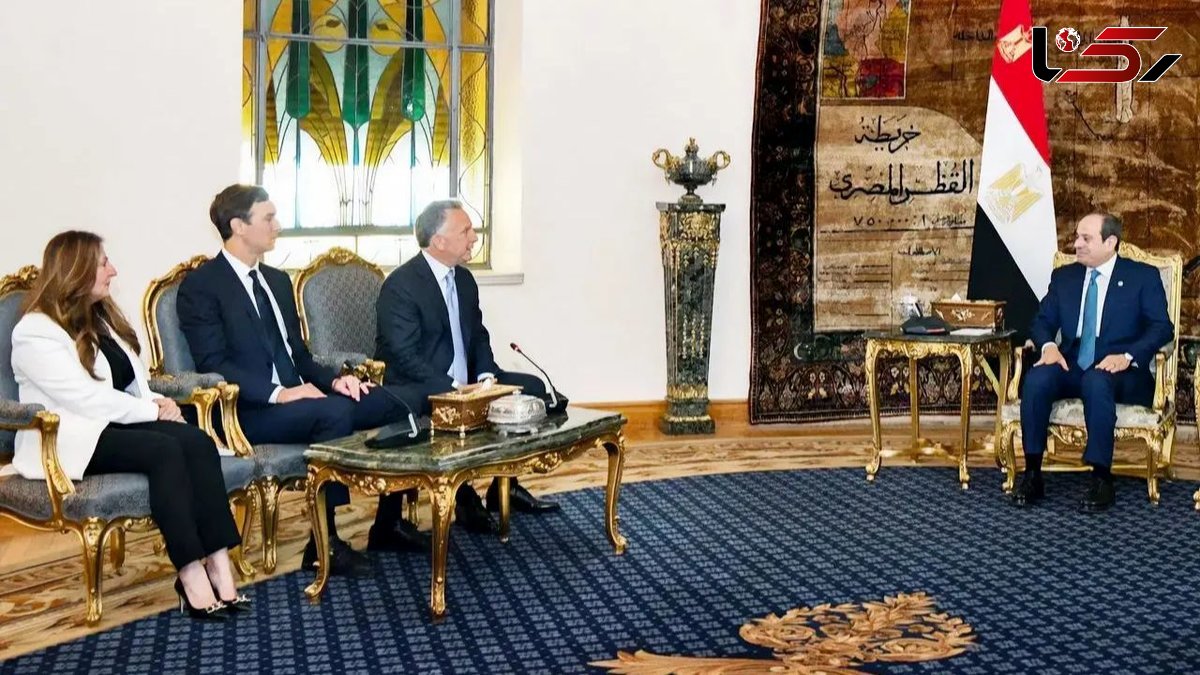Why the Israel-Hamas Ceasefire Faces High Risk of Collapse
Rokna Political Desk: Despite the implementation of a ceasefire in Gaza, analysts warn that the agreement between Israel and Hamas remains highly fragile. Several factors contribute to the risk of its failure, including shifts in Israeli public opinion toward supporting military action, and the perception by the U.S. and Israel that Hamas is delaying or obstructing progress.

According to Rokna, the ceasefire, brokered by the United States under the framework of former President Donald Trump’s peace plan, includes the first phase of the agreement: a partial halt to hostilities, gradual Israeli troop withdrawals to designated areas within Gaza, and the exchange of hostages for Palestinian prisoners. Approximately 20 hostages reportedly still alive are expected to be released, while Israel plans to free 250 Palestinians sentenced to life imprisonment and nearly 1,700 others detained since October 2023. Humanitarian aid and the return of displaced civilians are also part of the initial phase.
Although this agreement is likely to reduce violence in the short term, ongoing negotiations over more contentious issues—including the disarmament of Hamas, governance after the Gaza war, complete Israeli withdrawal, and long-term cessation of hostilities—are expected to face significant obstacles. Failure to reach consensus on these issues could trigger renewed, albeit lower-intensity, conflict, which might escalate over time.
The initial ceasefire was formalized in Sharm El-Sheikh, Egypt, on October 8, with temporary hostilities already paused on October 9. The agreement was made possible through U.S. pressure on both Israel and Hamas, intensified after Israel’s unsuccessful September 9 strike on Hamas leadership in Doha, which provoked regional criticism and undermined Tel Aviv diplomatically. Trump personally spearheaded efforts to end the nearly two-year conflict in Gaza, warning Israel of consequences for rejecting the deal while securing regional support for its implementation.
Over the past two years, the war in Gaza has claimed more than 67,000 Palestinian lives, including thousands of civilians, and caused widespread destruction of infrastructure. The conflict has also fueled violence in the West Bank, resulting in significant casualties and displacement. Israel has suffered over 1,500 fatalities, including approximately 1,200 civilians.
The conflict gradually expanded into a multi-front regional war, including clashes with Hezbollah along the Israel-Lebanon border, displacing tens of thousands and causing widespread damage to southern Lebanon, including Beirut. A separate 12-day escalation with Iran occurred in June, with Israel responding to drone and missile attacks by targeting Houthi-controlled sites in Yemen.
While the current ceasefire is likely to limit large-scale hostilities temporarily, its durability depends on continuous international diplomatic pressure, internal constraints, and the willingness of both parties to compromise on historically contentious issues. Key points include the disarmament of Hamas, the removal of its leadership from Gaza, and the establishment of a Palestinian governing authority as part of a broader security arrangement.
Trump’s plan envisions the creation of an International Stabilization Force (ISF), comprising mainly Arab and Muslim countries, under U.S. oversight, to monitor Hamas disarmament, civilian protection, and the establishment of a local Palestinian police force. Participating countries may include Turkey, Saudi Arabia, Pakistan, Egypt, Indonesia, Qatar, the UAE, and Jordan, with possible inclusion of other nations. The ISF’s mission will be unprecedented, requiring multilateral political coordination and a clear command structure to ensure stability in Gaza.
Israel’s internal politics add another layer of complexity. Prime Minister Benjamin Netanyahu faces pressure to satisfy right-wing coalition partners, who are unlikely to support concessions beyond initial phases. This dynamic could hinder long-term negotiations, and any delays or breakdowns may prompt limited Israeli military operations, potentially escalating to wider conflict in Gaza.
In short, while the current ceasefire and hostage exchanges provide a temporary reprieve, the risk of renewed conflict will grow over time, especially if Israeli public sentiment shifts further toward war or if the second-phase negotiations stall. Sustained diplomatic intervention by the U.S., Egypt, and Qatar, alongside adherence to initial commitments, will be critical to maintaining any semblance of peace in the region.
Send Comments